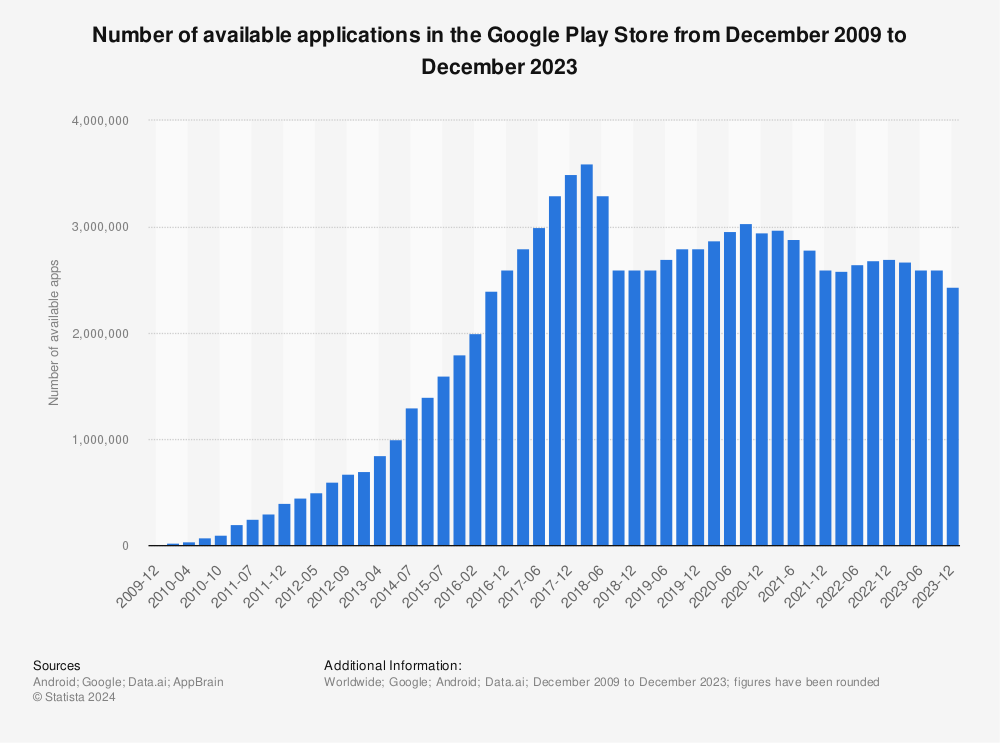Image via Adobe Stock
How to turn your big idea into an app that works
The lockdown has left many people with lots more time on their hands than they otherwise would. Why not use the time to learn how to make apps?
Image via Adobe Stock
If your extended lockdown has led you to learn a bit about application development or you’ve come up with a winning idea for an app, how do you convert that winning idea into a viable application for yourself or your business?
Demand for mobile apps
If you’ve spent browsing the mobile app stores, you will have realised that there are literally millions of apps in there. I was amazed to learn that the Google Play Store is approaching 3 million apps.

Find more statistics at Statista
From experience, you’ll know that these apps range from really good to practically unusable. This is not unique to mobile app development. Too many app developers spend too much time building their apps; too little finding out if what it does is something the market is looking for.
So, if you’re looking to create an app that adds value and fits in with your vision, you’ll need to put some effort into ensuring that your app does what it’s meant to; and more importantly, that there’s a demand for it.
Early prototyping
Bluegrass Digital CEO Nick Durrant advocates early prototyping so that you can expose your idea to your potential customers as early as possible.
“Prototyping provides limited functionality so that users can evaluate the proposed ideas for feasibility. It also helps them understand the project requirements and eliminates barriers; allowing them to review and share feedback on the flow and design of the project. Prototyping enables developers to gain valuable feedback from the users before the final product is delivered.”
Creating prototypes early in projects will help developers add valuable quality of life improvements as they build subsequent iterations of the app.
According to Durrant, prototyping is an essential step in understanding the user requirement; it has to happen before one can begin to design the final solution.
“To start, the aim of prototyping is to fully understand the requirement and the problem that needs to be solved. One can only move onto designing a solution once this is done. Failing to do this could result in building an amazing app that nobody wants.”
User interaction
This prototyping can take various forms; the most important thing is that the users get to interact with it as this will inform the direction of development.
These prototypes also don’t need to be technical marvels. The prototyping should take as many forms as needed and should avoid too much complexity. Prototypes need not be over-engineered; they should be as simple as possible for their purpose.
“As people engage with the prototypes and feedback is given, it’s crucial to integrate the ideas into the next iteration. At the same time, one could increase the complexity of the prototype. However, if the feedback is negative, one would need to go back to the drawing board.”
Tools of the trade
When putting together prototypes, there are many tools that can be utilised these include using a storyboard, role-playing, bodystorm (which is a combination of role-playing and brainstorming), concept art and wireframes.
If you’re looking to create an app as an individual or company, this is a great time to do it but proceed with caution. No matter how good your app idea seems to you, only your users will be able to tell you if there’s actually a market for it.
Also read: Five photo editing apps for mobile to boost creativity during lockdown


